On July 17, 1918, after three centuries, the Romanov ruling dynasty fell, ending in the chaos of violence and cruelty. The Russian Tsar Nicholas II, his wife, Tsarina Alexandra, and their five children, Duchess Olga, Duchess Maria, Duchess Tatiana, Duchess Anastasia, and the young Tsarevitch Alexei, were brutally executed by a firing squad in a basement in Ekaterinburg.
Their bodies were immediately buried in the nearby forest, but it didn’t take long before rumors started spreading that some of the Romanovs survived. Some of the stories centered on Alexei or Marie, but most of them suggested that Anastasia, the youngest of the tsar’s daughters, might have somehow gotten away.
Two years later, in 1920, in Berlin, a woman was seen standing on the edge of a bridge and a few seconds later, she jumped into the river, attempting to take her own life. Her suicide attempt failed, as police officers pulled her from the Landwehr Canal and took her to Dalldorf Asylum.
The unknown woman had neither ID papers nor did she explain who she was. She refused to talk and remained silent in the asylum for the following six months. In the next two years of her stay, the patient was given the name Anna Anderson and was noted as being anti-social with peculiar scars on her body. On the few occasions that she spoke, she had a strange accent.
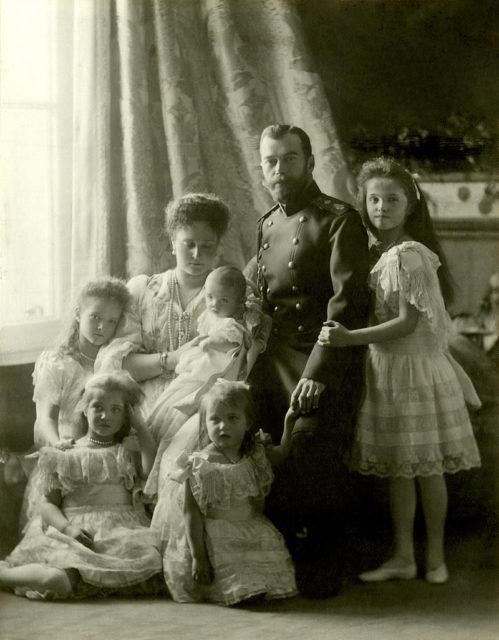
One day a fellow inmate told the woman that she thought she resembled Grand Duchess Anastasia. Later, when it was clear she was too short, other mental patients wondered if the mysterious woman was Anastasia.
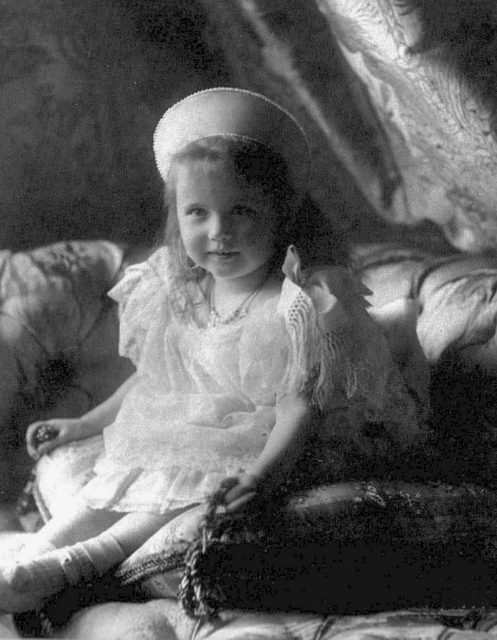
At the same time, the European press had already been publishing stories about the strange case of the Romanov siblings and their possible survival. The word began spreading, motivating former Romanov friends and servants to visit the woman and confirm her identity.
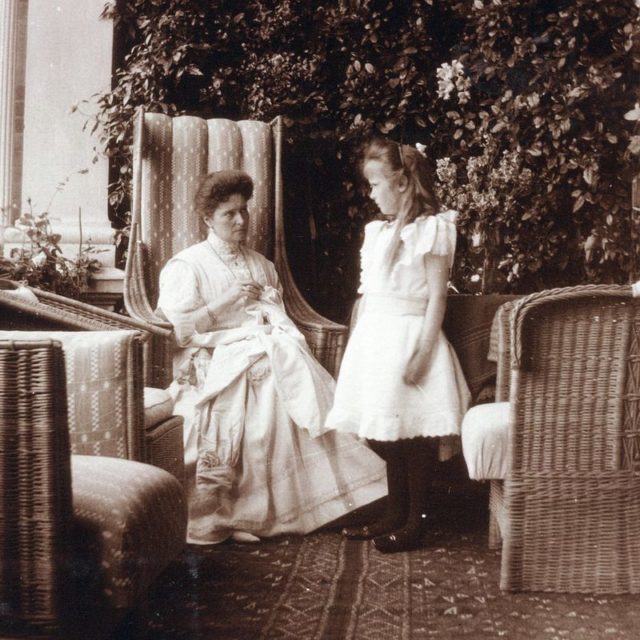
A few of them were convinced that she was Anastasia, however key people said she was not. Nicholas’s sister, the Grand Duchess Olga, visited the hospital and later said, “I was looking at a stranger.” Her mouth appeared wider than Anastasia’s and other facial features were different. She didn’t seem to know any Russian, although gossip had it she spoke it in her sleep.
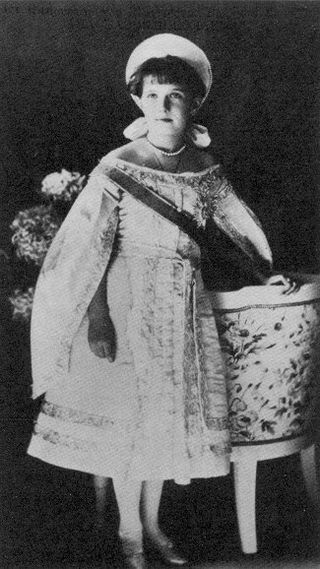
One day, Anna Anderson was visited by Captain Nicholas von Schwabe, a former personal guard of her grandmother who brought her pictures of the Romanov family. He gave her a list of the names of the Romanov’s daughters. Was it possible to recognize her name and point at it? She signaled the name Anastasia.
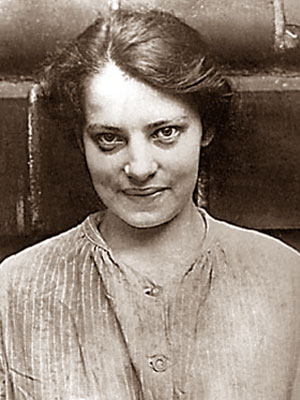
The press’ fascination with the story of Anna Anderson grew into a cult about Princess Anastasia. This brought forward a myriad of Romanov claimants who declared themselves to be the “true” Anastasia or the tsar’s other daughters. When Anderson left the hospital, she was surrounded by a herd of supporters who validated her Romanov identity, although there were many who firmly refused to accept it. Her supporters, some of them sympathetic monarchists, housed her; she was under constant surveillance by both the Soviet counterintelligence and private investigators.
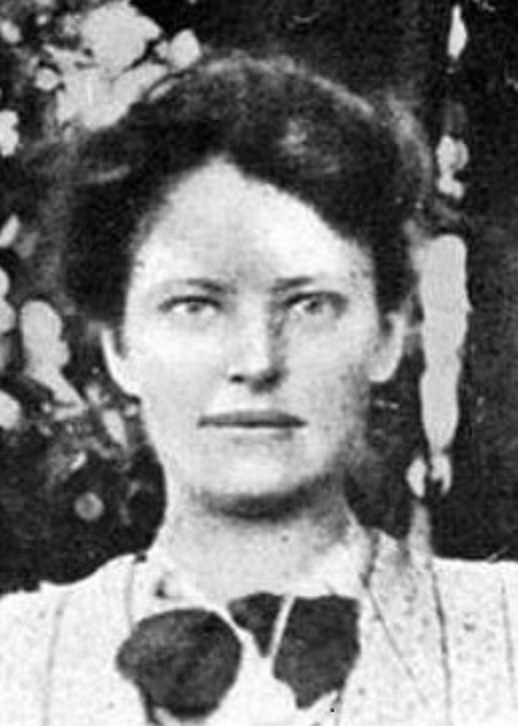
Anderson frequently expressed anger if she was questioned about her background, even by her small circle of confidants. When too many questions over the verification of her identity were posed, she gave cryptic answers or cried hysterically in order to escape giving any precise account over her past as a duchess. One person who probed further into Anderson’s identity was Inspector Franz Grünberg, who contacted Anastasia’s aunt, Princess Irene of Prussia, and scheduled dinner for her and Anderson at his home. Irene was reluctant and, by the end of the meeting, her doubts had been proven true. Irene was introduced to Anderson with a false name and sat opposite her at the dining table. She gave no sign of recognizing her, and left the table when questioned.

Anderson justified her rude and difficult behavior as caused by the questioning of her identity. She continued changing residences, traveling among the various castles and royal homes of her supporters. In 1927, she met the son of Dr. Yevgeny Botkin, who was murdered with the Romanovs in Ekaterinburg, Gleb Botkin, who became Anderson’s greatest supporter and who later provided her with an attorney.
On the other hand, the true Anastasia’s relatives kept their distance. Her grandmother never met her or publically commented on the controversy, despite films and plays to the contrary. Matters grew heated when the relatives of the dead royal family fought her legal claim upon the Romanov fortune in court, a fortune that no one has ever confirmed existed after World War I. Botkin hired the attorney Edward Fallows to prove that Anderson was the Grand Duchess Anastasia, commencing the longest legal case in German history.
The turning point of this royal identity saga came with the evidence that was most certainly not in Anderson’s favor — in 1927, a Berlin newspaper had run an investigative report that Anna Anderson’s real name was Franziska Schanzkowska and that she was a Polish factory worker.

According to this report, Schanzkowska was hurt in a factory explosion, after which she was declared missing. The timeline of this event coincided with Anderson’s arrival in Berlin, and, moreover, Schanzkowska’s brother, Felix, claimed that Anderson was her sister. Anderson refused all of these claims, calmly repeating that she was Anastasia Romanov.
Anna Anderson moved to the United States, married, and lived the rest of her life there until 1984, when she died of pneumonia. Seven years later, in a forest near Ekaterinburg, five bodies were found and matched to the Romanovs. For a moment, it seemed as though the rumors were true. After all, the bodies of the young Alexei and Anastasia were missing…
But two other sets of remains were found in the forest later on, and researchers believe these are the bodies of the two youngest children. Thanks to new technology, the case was sealed by a DNA test. Using a small sample of Anderson’s intestine removed during a prior surgery and kept in a Virginia hospital for years, scientists concluded that Anderson’s blood didn’t match the Romanovs. Reportedly the DNA of Prince Philip, husband of Queen Elizabeth, was donated for the Romanov tests, because his mother was closely related to Czarina Alexandra.
The DNA matched that of Franziska Schanzkowska.
